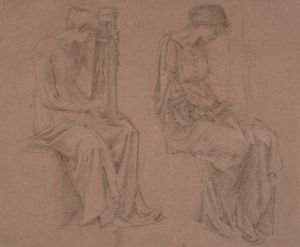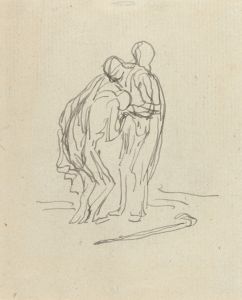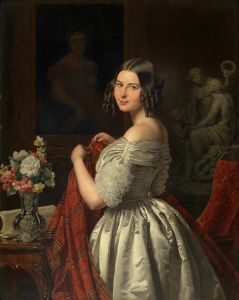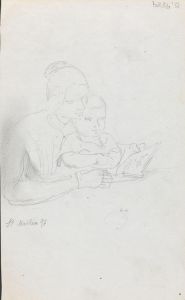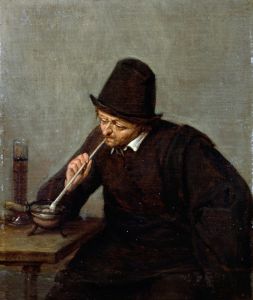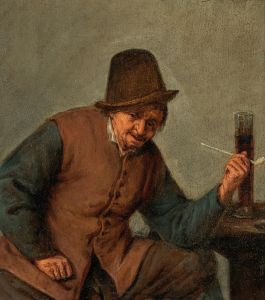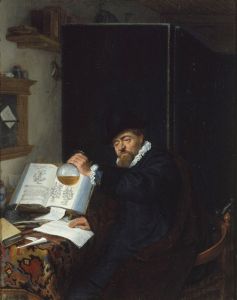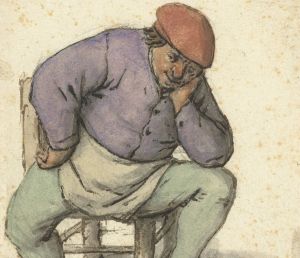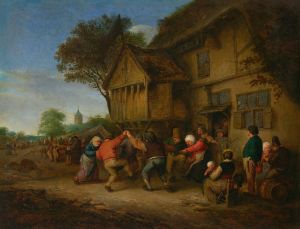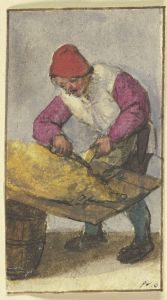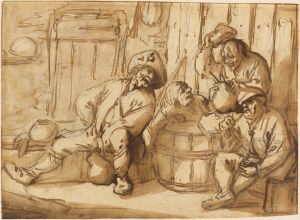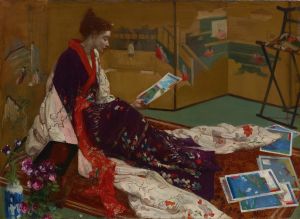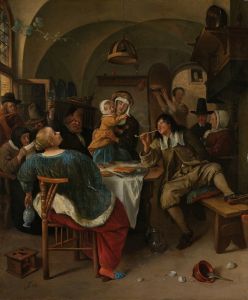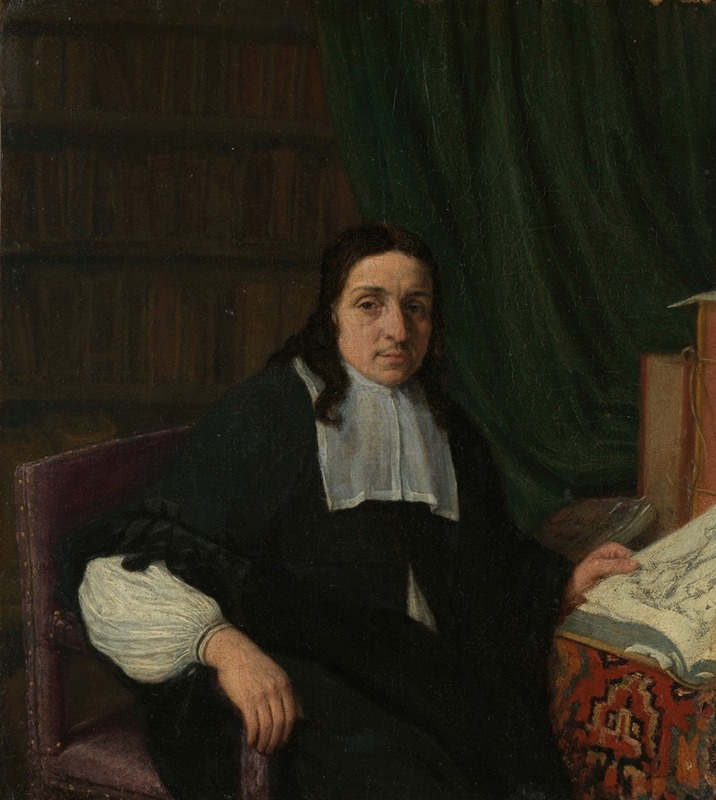
Portrait of a Collector, possibly Constantijn Sennepart
A hand-painted replica of Adriaen van Ostade’s masterpiece Portrait of a Collector, possibly Constantijn Sennepart, meticulously crafted by professional artists to capture the true essence of the original. Each piece is created with museum-quality canvas and rare mineral pigments, carefully painted by experienced artists with delicate brushstrokes and rich, layered colors to perfectly recreate the texture of the original artwork. Unlike machine-printed reproductions, this hand-painted version brings the painting to life, infused with the artist’s emotions and skill in every stroke. Whether for personal collection or home decoration, it instantly elevates the artistic atmosphere of any space.
Adriaen van Ostade's Portrait of a Collector, possibly Constantijn Sennepart is a painting attributed to the Dutch Golden Age artist Adriaen van Ostade, known for his genre scenes and portraits. Van Ostade, active during the 17th century, was a prominent figure in Haarlem and a student of Frans Hals. His works often depicted scenes of peasant life, interiors, and occasionally portraits, showcasing his mastery of light, texture, and character expression.
This particular painting, Portrait of a Collector, is an oil on panel work that portrays a seated man, possibly a collector, surrounded by objects that may hint at his interests or profession. The sitter is dressed in contemporary 17th-century attire, and the composition reflects van Ostade's skill in capturing the personality and demeanor of his subjects. The painting is executed with meticulous attention to detail, particularly in the textures of the fabrics and the objects in the scene.
The identification of the sitter as Constantijn Sennepart is not definitively confirmed, and there is limited historical documentation to verify this attribution. As such, the title of the painting includes the qualifier "possibly," indicating the uncertainty surrounding the identity of the subject. This ambiguity is not uncommon in portraiture from this period, as records of sitters were not always preserved or explicitly documented.
Van Ostade's portraits, while less numerous than his genre scenes, are valued for their intimate and realistic portrayal of individuals. His ability to convey the character and social status of his subjects is evident in this work. The painting also reflects the broader cultural and artistic trends of the Dutch Golden Age, a period marked by a flourishing of the arts, sciences, and trade.
The painting is currently housed in a museum collection, though specific details about its provenance and acquisition are not widely documented. It remains an example of van Ostade's versatility as an artist and his contribution to Dutch portraiture.





